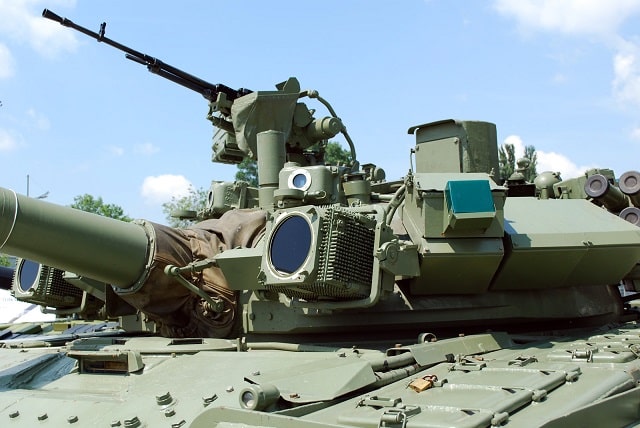Military products are used in some of the most demanding conditions in the world including marine, desert, and arctic environments. Manufacturers and supply chain partners for the defense industry must design their products to meet stringent specifications for quality and performance. In addition to ruggedized equipment, there is also a need for item-level serialization and uniform tracking standards for certain product categories.
Materials of construction must be chosen for a product, packaging, and markings that accompany the items. We’ll discuss each of these components and review some of the important military standards that define the performance characteristics. This will provide a high-level overview of the thought process for material selection and how to design finished goods that are compliant for use in military applications.

The U.S. Defense Standards, also referred to as MIL-STD or MIL-SPEC, is a series of standardized specifications that describe how the military controls its assets. These specifications are applicable to the entire military supply chain including suppliers, partners, and logistics providers. Additional military-specific information regarding material selection can be found in the U.S. Military Performance Specifications, known as MIL-PRF.
When choosing materials for an application, it can also be helpful to consult other industry standards such as the IP Code from the International Electrotechnical Commission (IEC), the American National Standards Institute (ANSI) standards, and the National Institute of Standards and Technology (NIST) standards. Many product builds can be complex and have several compliance requirements based on the intended end-use, location of deployment, and design characteristics.
This was just a selection of the many military standards, so it’s important to conduct a thorough search of all applicable requirements. It’s often best to seek help from qualified professionals who are experts in material selection and suitability for particular applications.

To choose proper materials for a military application, the first step is to define the expected performance characteristics. These qualities, combined with a thorough knowledge of military specifications, are necessary to ensure the material can be used effectively. An improper selection can reduce the quality of the overall product and lead to safety or performance issues.
The form factor of the product, packaging, or label will determine if your material can be rigid or flexible. Certain types of plastic and metal can be machined in unique shapes or with a thin width for flexible attachment to a surface.
Materials may be exposed to weather conditions, extreme temperatures, or harsh chemicals during use. Understanding the expected environmental exposure from a military application will help you select a material that is compatible with the intended application.
Choosing between a plastic or metal material is often a matter of cost, durability, weight, and compatibility with other components. Some military applications may also require a high level of security, such as the attachment of permanent asset tags. When selecting materials for labels, choose a material that can withstand harsh environmental conditions while remaining readable throughout the lifespan of the asset, such as Metalphoto® anodized aluminum. Due to its applicability for extreme environmental conditions and outdoor exposure, Metalphoto is recognized by the National Association of Graphic and Product Identification Manufacturers (GPI) Industry Standards and Practices Manual as the most durable printed aluminum substrate available. It was also found to have outstanding durability and versatility for permanent asset identification and tracking in tests conducted by the U.S. Navy.
When finalizing a material selection for military applications, you should also review the intended production volume for the part, label, or packaging. This may impact the overall cost of your project. You may also select various finishing options, such as a gloss or matte look for certain metals. Some materials, such as aluminum, can be coated to create an extra layer of protection.
Selecting materials for military applications can be done by reviewing military specifications and defining the required performance characteristics. In some cases, multiple materials may be suitable, and you should select an option that works best for your overall product design and budget. A trusted supplier can help you determine the best material for a certain application and overcome some of the challenges encountered during the design process.
Our sales engineers are experts in automatic asset tracking, tagging and identification,a nd can answer all your questions. Get in touch now.
Lets Talk ›